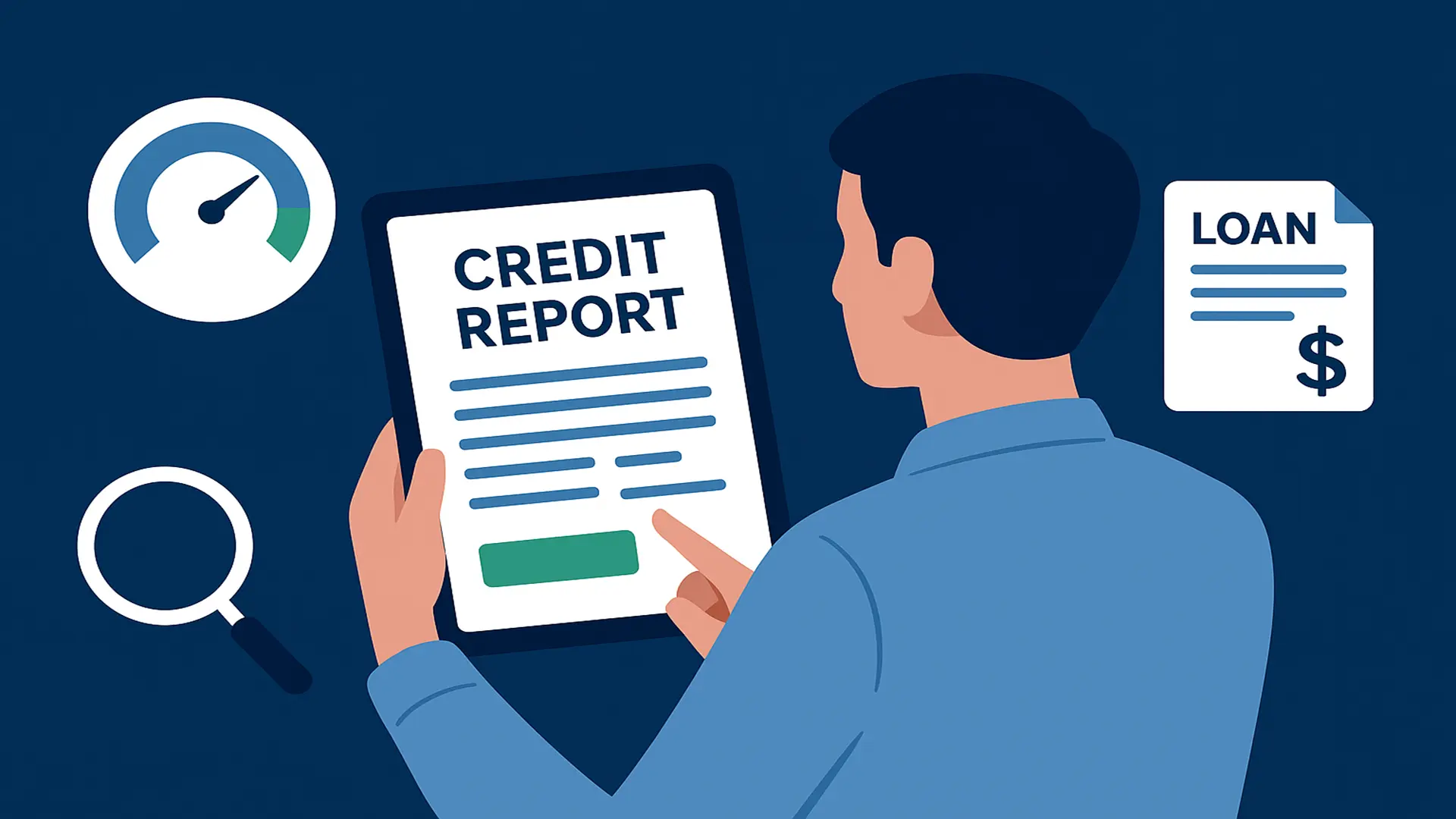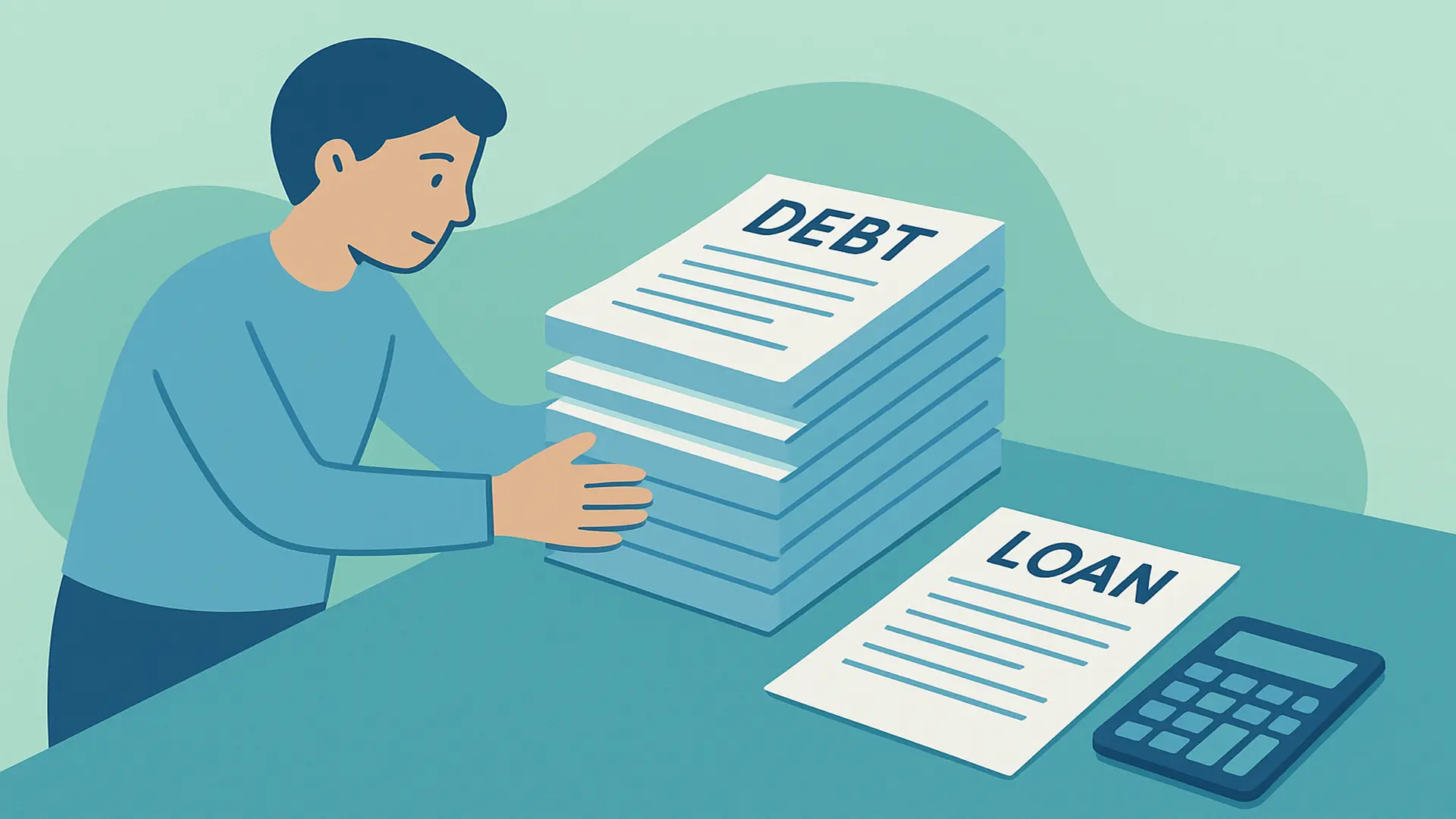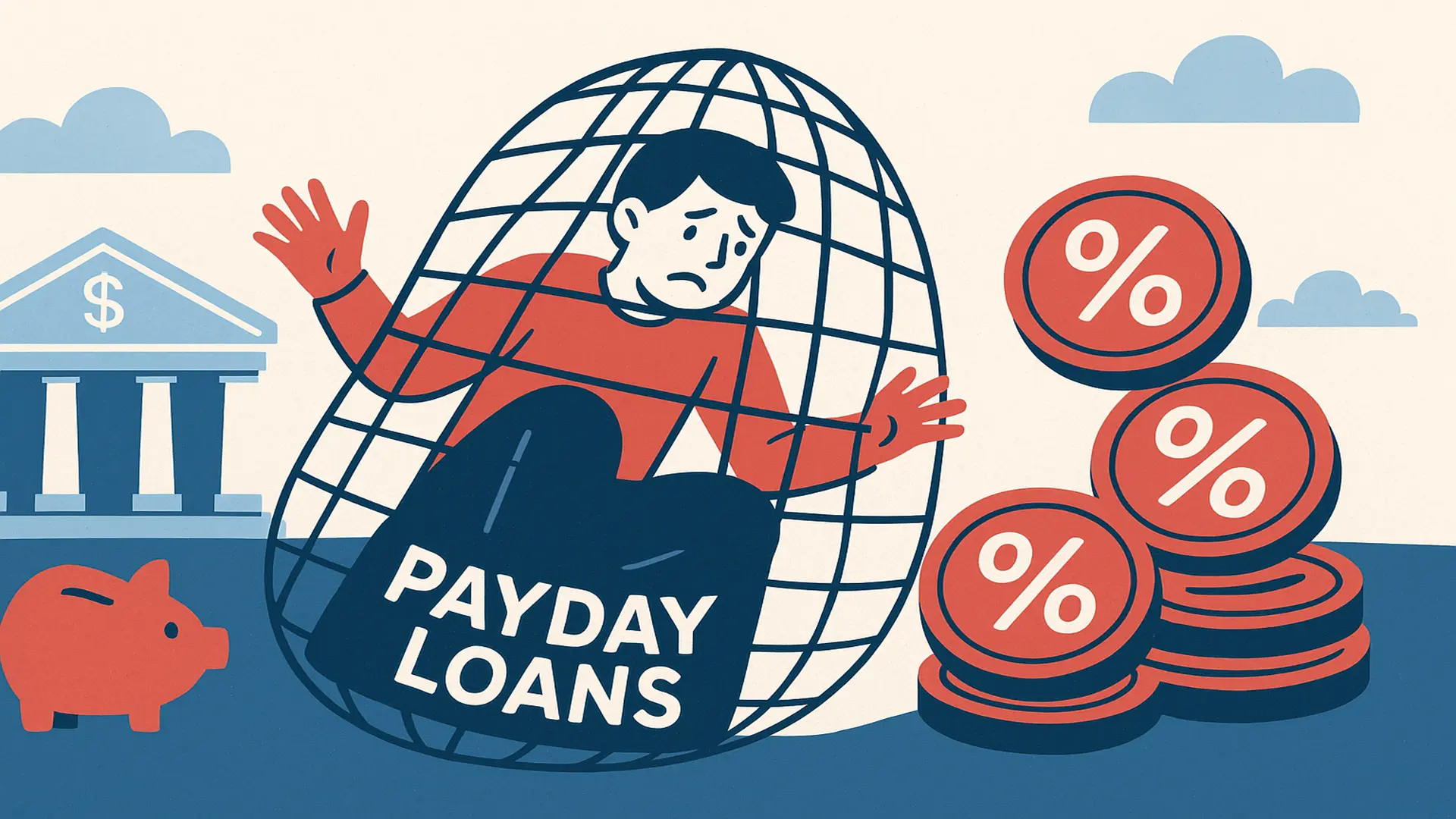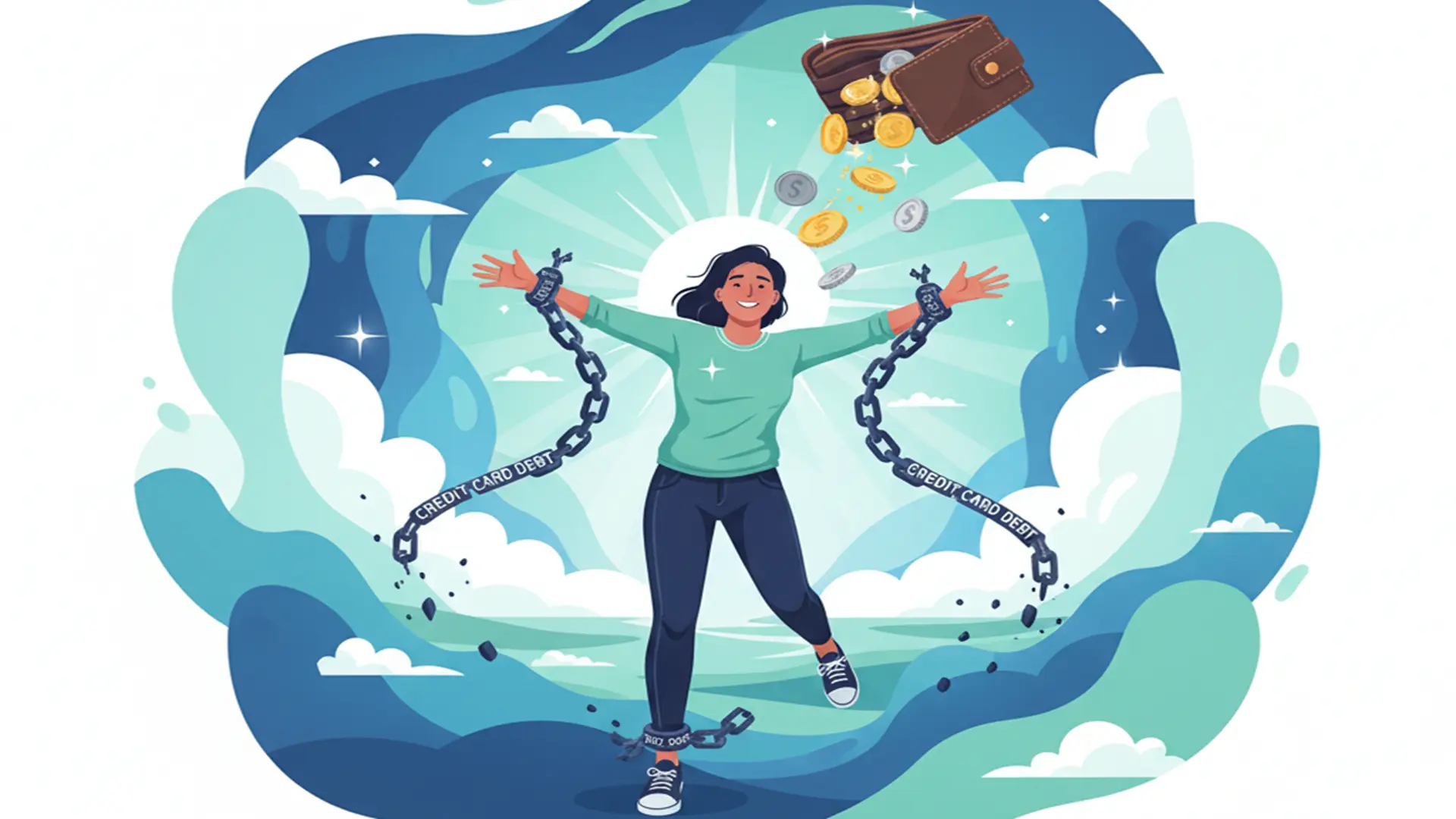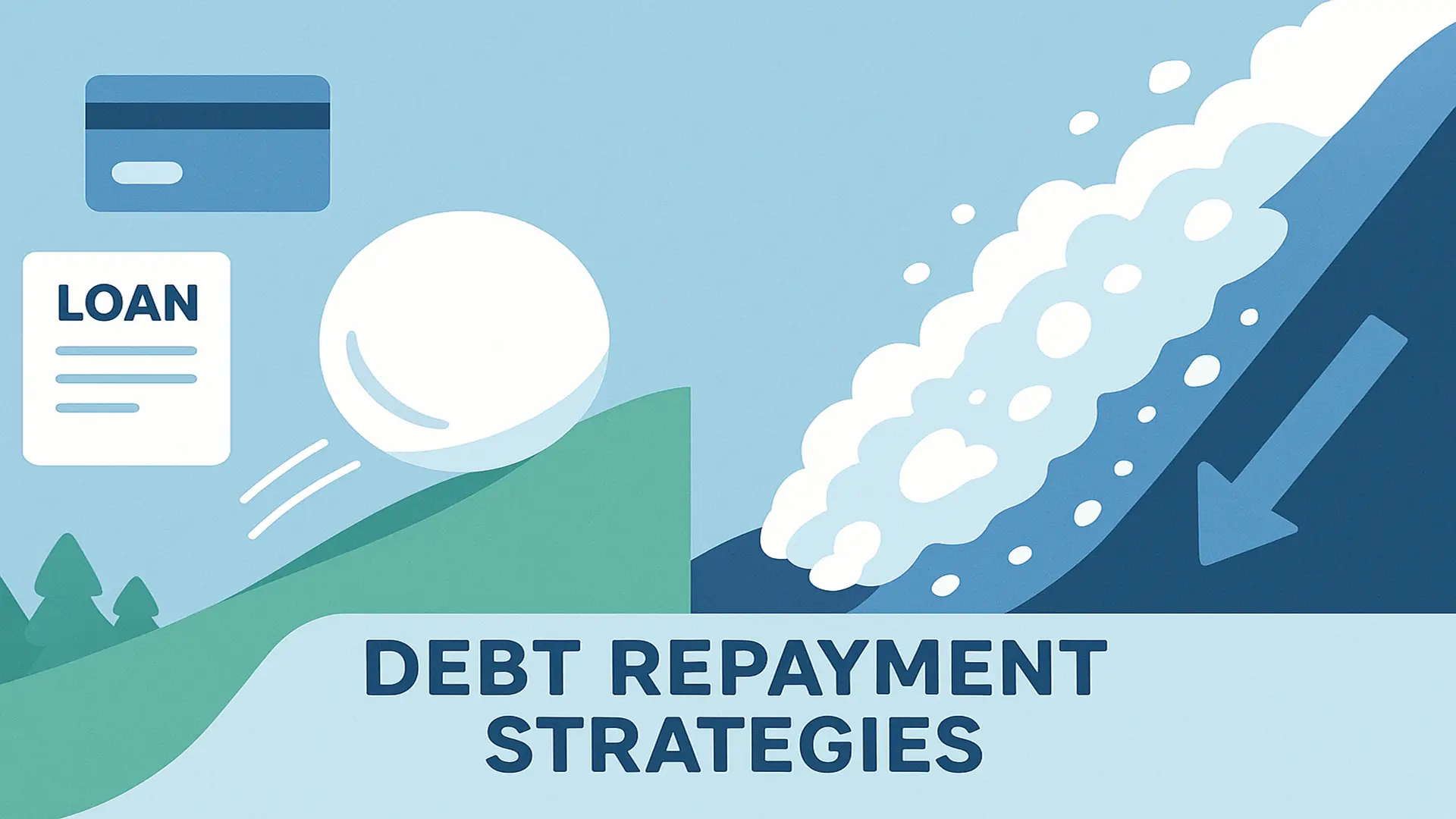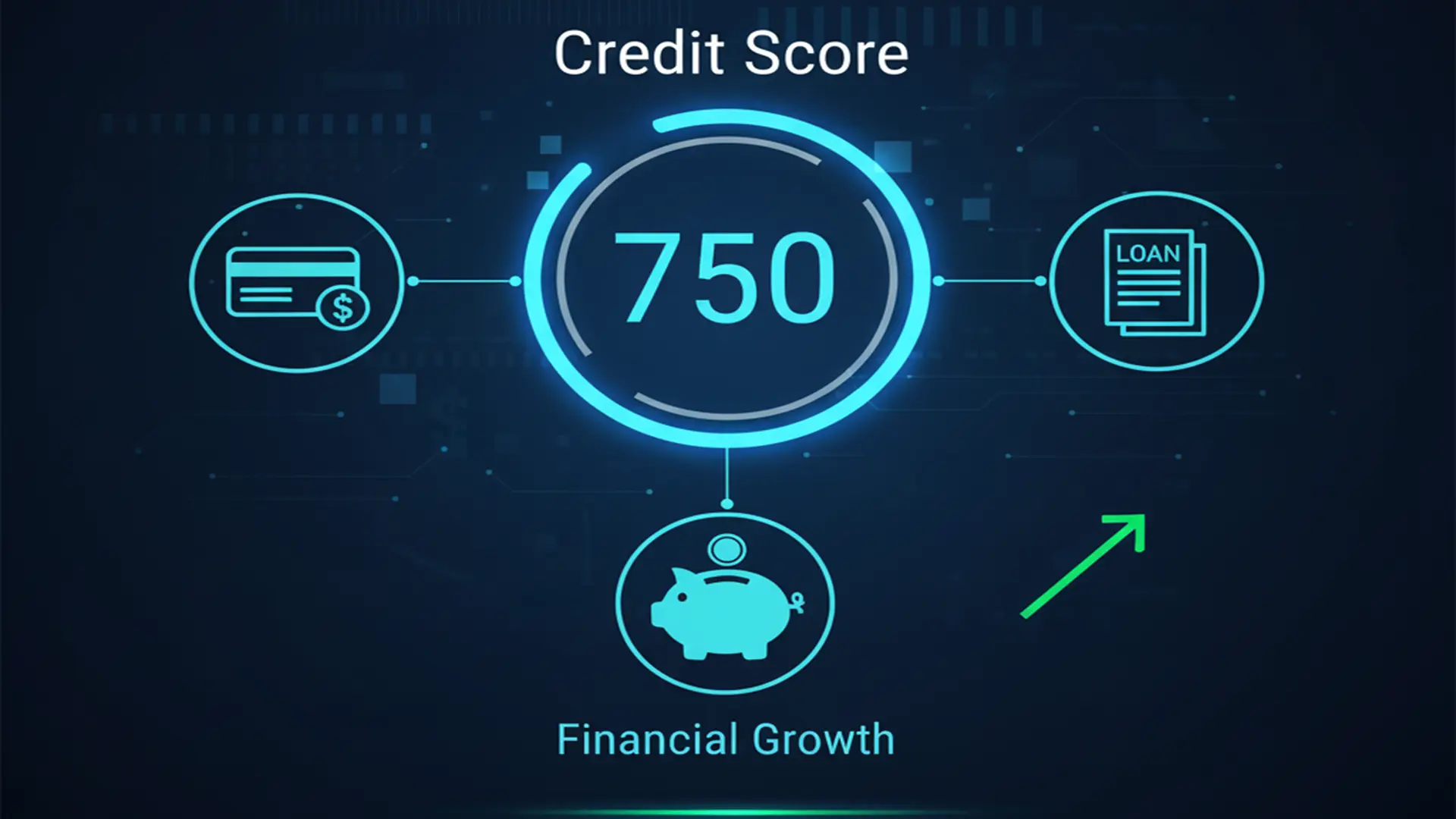Your credit report provides an account of your financial background which can impact your eligibility to obtain credit cards, loans or even to rent a house. For households with a low income having a clear understanding of this report is crucial to getting more lucrative financial opportunities. It’s not easy but it’s easy to handle with the proper direction. Understanding how to interpret and read your credit report can help you to increase your score on credit and stay clear of costly errors. This article will explain the purpose of a credit report it, what its major components are and the best way to utilize this report for your benefit.
What is a Credit Report?
The credit report provides a thorough account of your credit activities. In India credit bureaus such as CIBIL, Experian, Equifax along with CRIF High Mark compile these reports. They monitor your loan as well as credit card payment along with other debts. Creditors utilize this information to evaluate your creditworthiness.
For those with low incomes A credit report could affect the ability to obtain affordable credit cards or loans. In 2025, a CIBIL report indicates that 70 percent of loan applications are influenced credit reports. Knowing your credit report can help you spot errors, boost scores, and set goals to achieve financial goals such as purchasing an automobile or funding your education.
Why Reading Your Credit Report Matters
Your credit report directly influences your score on credit, which varies between 300 and 900 in India. A higher score will mean better terms for loans, including less interest charges. Any errors on your report, for example inaccurate loan amounts, could reduce your score in a way that is unfair. Regular checks will ensure the accuracy of your report and safeguard your financial standing.
Low-income households often rely on credit for emergencies. A clean report can save thousands in interest. For example, a ₹50,000 loan at 10% interest versus 15% saves ₹2,500 annually. Reviewing your report helps you take control and avoid surprises when applying for credit.
How to Access Your Credit Report
In India You’re entitled to the free report on your credit every year from every bureau. Visit the website of CIBIL or use applications like Paytm as well as Bajaj Finserv to request yours. You’ll require your PAN Card, Aadhaar and other identification details to verify your identity. Paid subscriptions provide access to more frequently, however the free report will suffice to begin.
Make sure to check your report every year at a minimum. In 2025, the digital age will simplify this process and accessible via mobile apps. For people with low incomes, no-cost reports are an affordable way to track your financial health and avoid any additional costs.
Key Sections of a Credit Report
Your credit report contains many sections, each of which contains crucial details. This section is a personal one. It comprises your address, name as well as your PAN and Aadhaar information. Make sure these are accurate since mistakes could cause confusion between your personal information and another person’s.
The section on history of accounts shows all credit accounts such as credit cards and loans including details on balances, payment history and the status. The inquiry section lists recent credit requests. The section on credit scores displays how you are doing. Knowing these can help you spot potential issues and problems.
Decoding Your Account History
The history of the account is at the core to your credit report. It provides each credit card’s specifics: the name of the lender and credit or loan kind, the balance as well as the status of payments. Be sure to look for phrases such as “current” (payments on time) or “delinquent” (missed payments). Paying late can reduce your score by 50 to 100 points.
For those earning low incomes, make sure to check for the accuracy. The 2025 Experian study showed that 20 percent of the reports have errors, including closing loans that are listed as active. Make sure to correct any errors immediately to safeguard your score. This section also displays how much credit you have, and it must remain below 30% for an ideal score.
Understanding Inquiries and Their Impact
The inquiry section includes “hard” and “soft” inquiries. The latter are when you make an application for credit, such as credit card or loan and could reduce scores by 5-10 percentage points. Insufficient inquiries in a short amount of time are a red flag. Inquiries that aren’t formal, such as taking a look at your score do not affect your score.
Hard inquiries. For instance, you should avoid applying for several credit cards within one month. Then, spread applications over six months in order to limit impact. Make sure you check this section to ensure there aren’t any suspicious inquiries appearing that could indicate identity theft.
Spotting and Disputing Errors
The mistakes in your credit report could hurt your credit score. Common problems include inaccurate amount of loans and duplicate accounts. They also can result in payment that is late if you pay in full. Take a close look at each section. For instance, if you have a debt that was paid off is still active, it could affect the ratio of your debt to income.
For disputes, you can contact the credit bureau via the internet or by mail, accompanied by proof of receipts for payments. In India bureaus have to settle dispute within thirty days. Making corrections can improve your score by 20 to 100 points, according to 2025 CIBIL data, which can help people with lower incomes to get more favorable credit terms.
Using Your Credit Report to Improve Your Score
The report identifies areas that need improvement. Be sure to pay bills on time because payment history makes up 35 percent of the score. Maintain your credit card balances at a minimum, below 30 percent to your credit limit. For instance, if you have the limit of Rs50,000, you can make use of only 15,000. Don’t take on new loans unless it is absolutely required.
For families with low incomes, begin with a smaller. Utilize an unsecured credit card, or a a small loans to establish a solid record. Keep track of your progress by submitting annual reports. Habits that are consistent, such as timely EMIs, can boost scores by up to 50 points within 6-12 months.
Conclusion
Reading and understanding the report on your credit is a crucial step towards financial empowerment. It will reveal your credit’s health as well as helps you spot any errors, and assists in scoring improvements. For families with low incomes having a good credit report will allow you to get loans at a reasonable cost and less financial strain. Make sure to check your report on a regular basis to correct any errors, make a dispute and make regular payments. Begin today to create your financial future.
FAQ
Q: How often can I get a free credit report in India?
A: You’re entitled to one free report per year from each bureau, like CIBIL or Experian.
Q: What should I do if I find an error in my report?
A: Contact the credit bureau with proof, like payment receipts, to dispute errors. Resolution takes up to 30 days.
Q: Can a low income affect my credit report?
A: Income doesn’t directly impact your report, but missed payments or high debt can lower your score.
Q: How long do negative marks stay on my report?
A: Late payments or defaults stay for seven years in India, but their impact lessens over time.
Q: Does checking my own credit report hurt my score?
A: No, checking your report is a soft inquiry and doesn’t affect your score.
